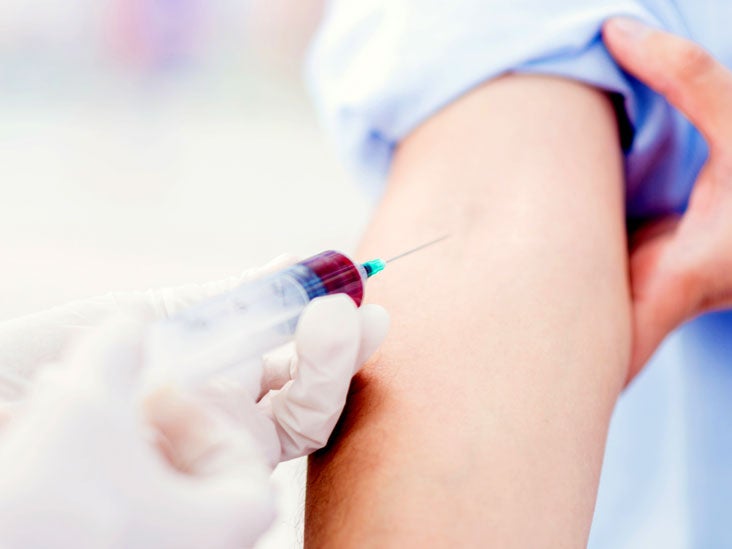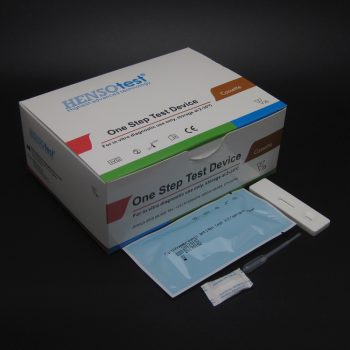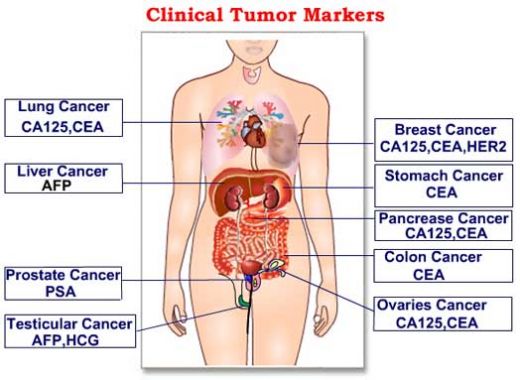
Increased CYFRA 21-1, CEA and NSE are Prognostic of Poor Outcome for Locally Advanced Squamous Cell Carcinoma in Lung: A Nomogram and Recursive Partitioning Risk Stratification Analysis - ScienceDirect

Clinical utility of tumour marker velocity of cancer antigen 15–3 (CA 15–3) and carcinoembryonic antigen (CEA) in breast cancer surveillance - ScienceDirect

T10 W5W 147 152 158 159 161 168 184 192 193 194 2825 LED Decoder Canceller - Eliminates Error Signal Messgages for LED Side Markers, License Plates etc

PDF) Minibody: a novel engineered anti-carcinoembryonic antigen antibody fragment (Single-Chain Fv-CH3) which exhibits rapid, high-level targeting of xenografts

Rapid Isolation and Multiplexed Detection of Exosome Tumor Markers Via Queued Beads Combined with Quantum Dots in a Microarray | SpringerLink
Clinical performance of LOCI™-based tumor marker assays for tumor markers CA 15-3, CA 125, CEA, CA 19-9 and AFP in gynecologic

Organization of parabrachial monosynaptic excitatory input to the CRH1... | Download Scientific Diagram
Glycoproteins of the Carcinoembryonic Antigen (CEA) Family Are Expressed in Sweat and Sebaceous Glands of Human Fetal and Adult
Glycoproteins of the Carcinoembryonic Antigen (CEA) Family Are Expressed in Sweat and Sebaceous Glands of Human Fetal and Adult
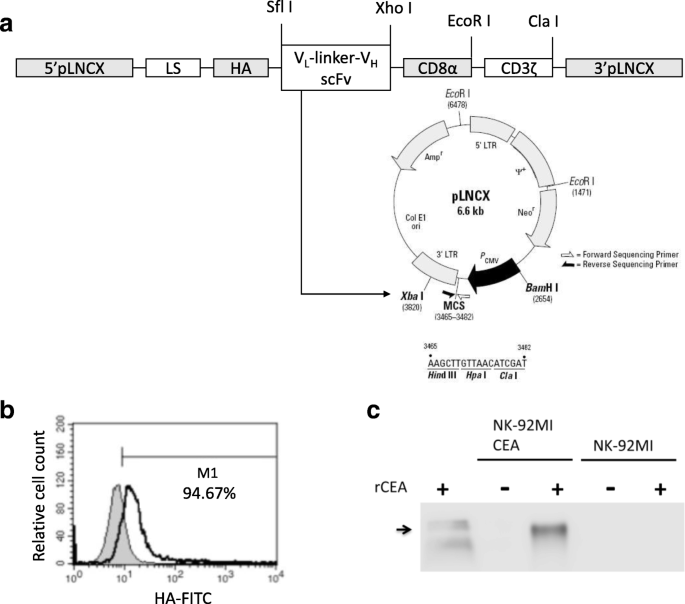
Pharmacologically upregulated carcinoembryonic antigen-expression enhances the cytolytic activity of genetically-modified chimeric antigen receptor NK-92MI against colorectal cancer cells | BMC Immunology | Full Text

PDF) Pharmacologically upregulated carcinoembryonic antigen-expression enhances the cytolytic activity of genetically-modified chimeric antigen receptor NK-92MI against colorectal cancer cells
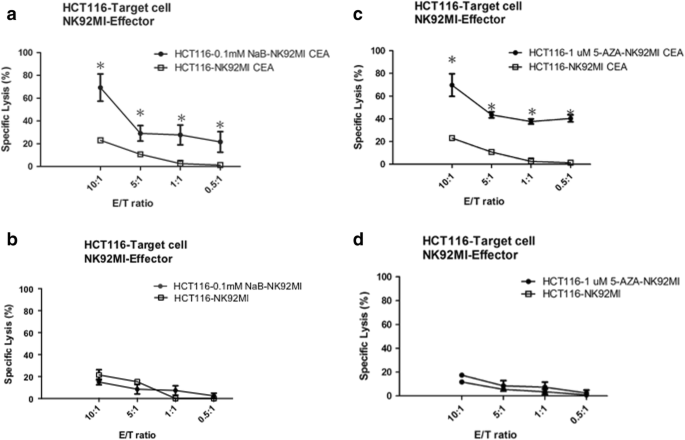
Pharmacologically upregulated carcinoembryonic antigen-expression enhances the cytolytic activity of genetically-modified chimeric antigen receptor NK-92MI against colorectal cancer cells | BMC Immunology | Full Text

Clinical utility of tumour marker velocity of cancer antigen 15–3 (CA 15–3) and carcinoembryonic antigen (CEA) in breast cancer surveillance - ScienceDirect

Rapid Isolation and Multiplexed Detection of Exosome Tumor Markers Via Queued Beads Combined with Quantum Dots in a Microarray | SpringerLink


